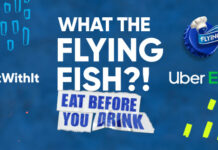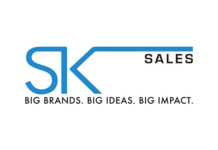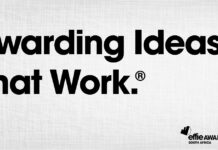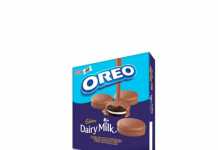In today’s ‘noisy’ online sphere, the best way to differentiate your business is by delivering a personalised experience – the first rule of marketing is knowing your audience, after all. By speaking to your stakeholders using language and content they relate to and are interested in, you can increase your following and drive sales.
But this kind of personalisation becomes difficult to manage as your business grows. How do you personalise and deliver customised content to a large, broad, and varied customer base? This is where hyper-personalisation becomes a key tool. It uses real-time data analytics, artificial intelligence, and automation to give readers valuable content that’s relevant to each of their interests and their stage in the purchasing journey – with no extra effort from you. It’s the next evolution of personalised marketing.
This need not be a difficult (or expensive) undertaking either. By embracing the following three ways of collecting and using data, your business can add significant value to your customer journey, ensuring you deliver engaging, impactful content to all your users.
Method 1: Ask clients for their information
Asking customers to share their information in subscription forms, surveys, and competitions may be slower to collect than the methods we discuss below, but this is usually what gets your foot in the door. For example, to start personalising your messaging at a basic level, all you need is an email address and a first name. As you collect more data over time, you can use this kind of information to personalise newsletters, share loyalty point balances, and send messages on customers’ birthdays.
When you have thousands of contacts in your database, this customisation can be enhanced even further. A general email newsletter sent to the entire customer base, for instance, is too broad to be relevant to each contact. Here, you can segment your customers into smaller ‘micro-audiences’ using fields in your database, like gender, age group, geographic location, and interests. By sending messages that are only relevant to these specific audiences, you can prevent sending a women’s shoe promo to male customers, or back-to-school messaging to retirees.
Then there’s dynamic content. This enables you to create and send one mailer containing multiple content sections, each programmed with its own ‘if statement’ to send only to specific audiences. For example, section one of the email can be a general introduction to everyone, sections two and three may be relevant to female and male customers respectively, while sections five and six can each be personalised by home city, and so on. This ensures that each recipient only receives the section relevant to them and you save time on creating multiple emails for different audiences.
Method 2: Track and record behaviour
Next, you can collect data on your customers by tracking their behaviour. This can include how they respond to emails, how they interact with your landing page, and which links they click in your messaging. This enables you to send follow-up messages or send them on automated email journeys based on the content or products they engage with.
This also informs you on how to adapt the customer journey as they engage with you. If they go down a certain path, send information that’s relevant to them. If they change their interests? Adapt, moving them on a new communication journey.
For customers who haven’t responded to your messaging for a while, try sending them targeted re-engagement content or specialised deals to whet their appetite for your services and products again. If they engage, examine what caught their interest and build on that.
Method 3: Integrate with external systems
The third data-collection method that you can use to hyper-personalise content is integrating with external systems, like your CRM or ecommerce platform. This helps you to gather additional data from that system, like where customers are in their journeys, how they’re interacting with those touchpoints, and what additional interests they may have.
For example, if an ecommerce shopping cart is left abandoned, you can send a reminder message or a discount on some of the products in their cart. You can also send a customised newsletter based on the items a customer has in their wish list and notify them when certain products become available or are on sale.
In software or digital apps, you can track how customers are using your technology. For clients who are using features well, you can auto-trigger a request for them to write a review or invite them to share information for a case study. For features that customers aren’t using as much, you can trigger an email educating them about that specific feature or asking for feedback to understand why they’re not using it.
Overall, the critical advantage of embarking on a hyper-personalisation journey is that you can be very specific about what you offer certain clients – delivering a rich personal experience to customers at scale. The more hyper-personalised your content is, the more customers look forward to receiving it, the more personally aligned to the brand they feel, and the more brand advocates you create as you go.
In an increasingly competitive retail and business environment, hyper-personalisation can become the all-important differentiator for savvy marketing teams and business owners – providing authentic value to each stakeholder along the way.




















































































